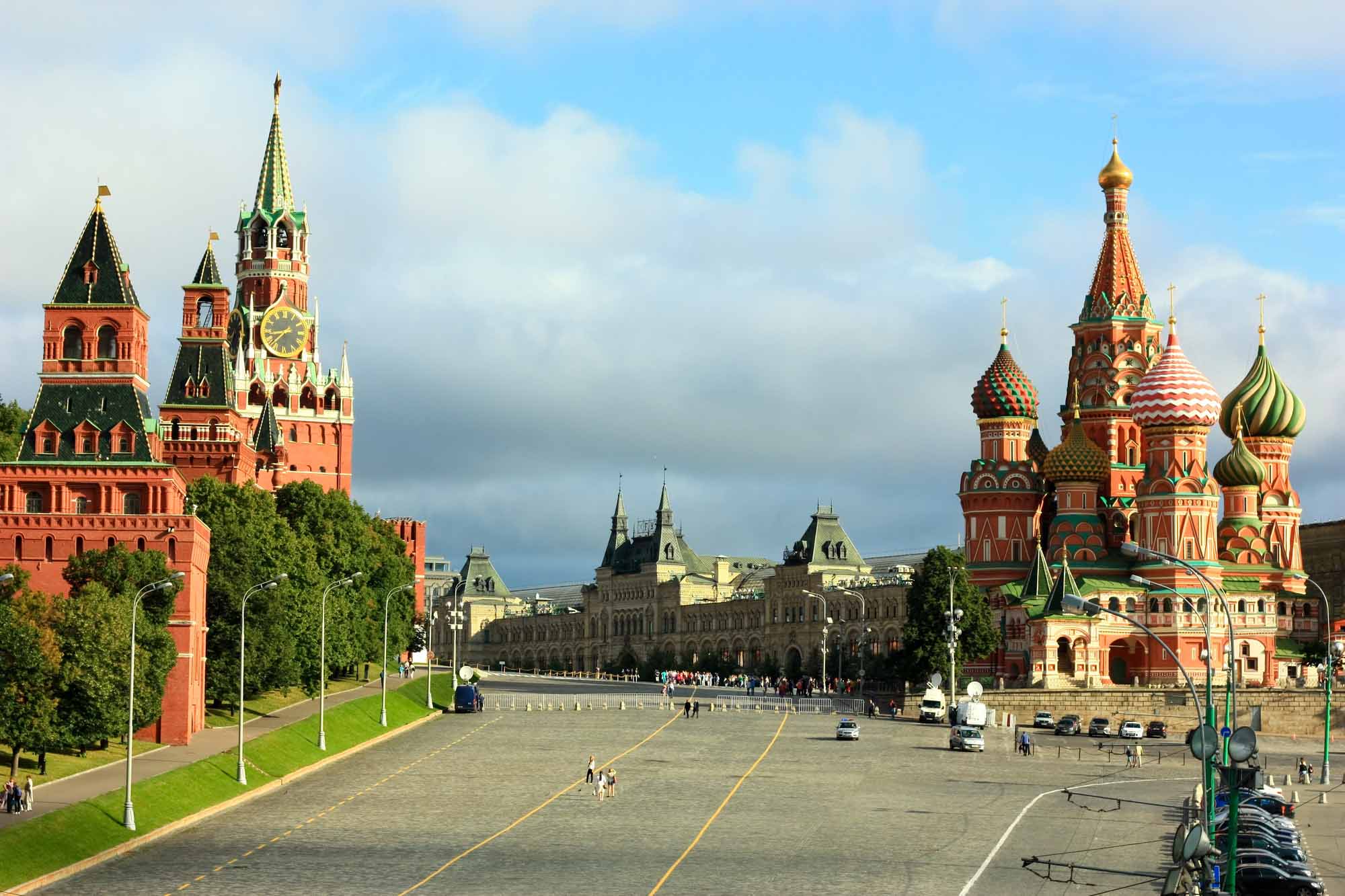
Moscow is the capital of Russia, its largest cultural and scientific center. Moscow is also a big tourist center with worldwide known sights that became symbols of Russia. Such symbols are of course the Moscow Kremlin and the Red Square with the St.Basil cathedral. The Red Square located just near Moscow Kremlin is central square of Moscow and the main square of Russia. At the Red Square you enjoy a unique architectural ensemble including the Cathedral of St. Basil (1550s) built in honor of capturing of Kazan by troops of Ivan IV (the Terrible), the monument to liberators of Moscow from Polish–Lithuanian troops Kuzma Minin and Dimitry Pozharsky (1818) and the Our Lady of Kazan Cathedral built in honor of this liberation just during new (unsuccessful) war against Poland (1630s), the History Museum of Russia (1883), Kremlin walls and towers, the Upper Trading Arcades (GUM), Lenin’s tomb and necropolis at the foot of the Kremlin wall with graves of the highest leaders of Communist Party and Soviet state. The Moscow Kremlin is historical center of Moscow city and also historical and political center of Russian state. You will see the Cathedral Square – breathtaking architectural ensemble of the XV-XVII cc. with ancient cathedrals, Bell the Tsar and Cannon the Tsar, Grand Kremlin Palace, the Senate, the Arsenal and the Palace of Congresses specially built in communist times. The Armoury Museum located on the Kremlin grounds is one of the oldest museums in Russia with a unique collection of crown jewels, gems, icon covers, crosses, thrones, carriages, coronation robes and the upper clergy vestments, Byzantine cameos and Faberge Easter eggs.
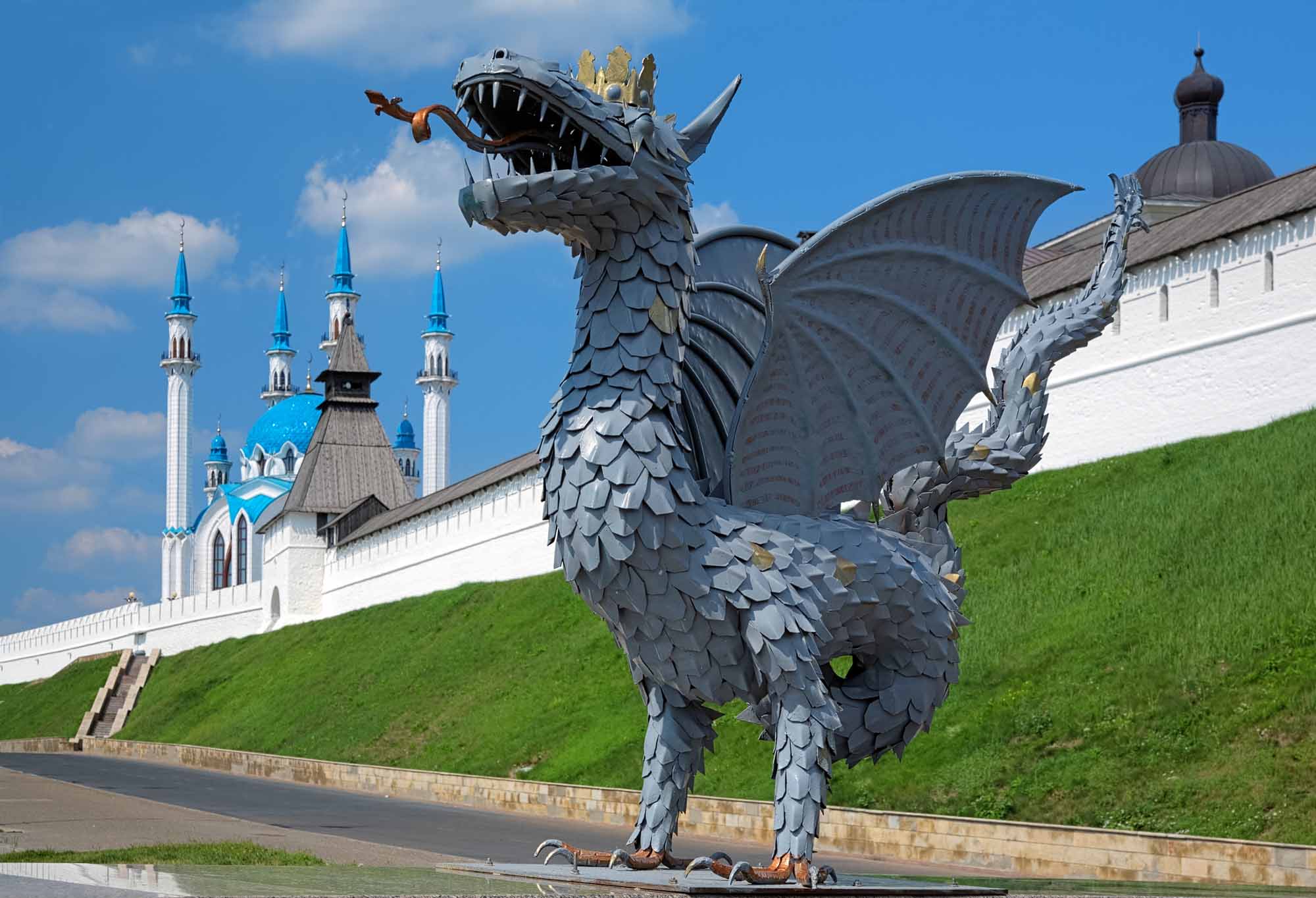
Kazan is not situated on the original Trans-Siberian Railway, but no doubt you will not regret if you make a stop here when going from Moscow to Yekaterinburg. The 1000 years old capital of the Republic of Tatarstan is situated at the most picturesque part of the confluence of the Volga River and the Kazanka River. The city of Kazan is often called a dating place of the East and the West because Islam and Christianity have neighbored for many centuries here. Kazan brands itself as the «Third Capital» of Russia as well. The pearl of the city is the Kazan Kremlin, XVI-XVIII cc. architectural ensemble included to the UNESCO World Heritage list. Its architecture combines features of Russian, Tatar and European culture. The atmosphere of old Kazan has survived in former Tatar Settlement with its narrow streets, wooden houses and carved fences. During city visit you will see functioning St. Peter and Paul’s Cathedral (1726), the Marjani Mosque (1771), the Kazan University where many prominent scientists, writers and musicians studied or worked (Alexander Lobachevsky, Leo Tolstoy, Vladimir Lenin). You will stroll in Bauman Street which is notable for historical structures dating back to the XVIII-XX cc.: the Epiphany Church (where great Russian singer Fedor Shalyapin was christened and where then he singed at local choir), various sculptural compositions and fountains made after Tatar legends as well as old street lamps and pavilions.
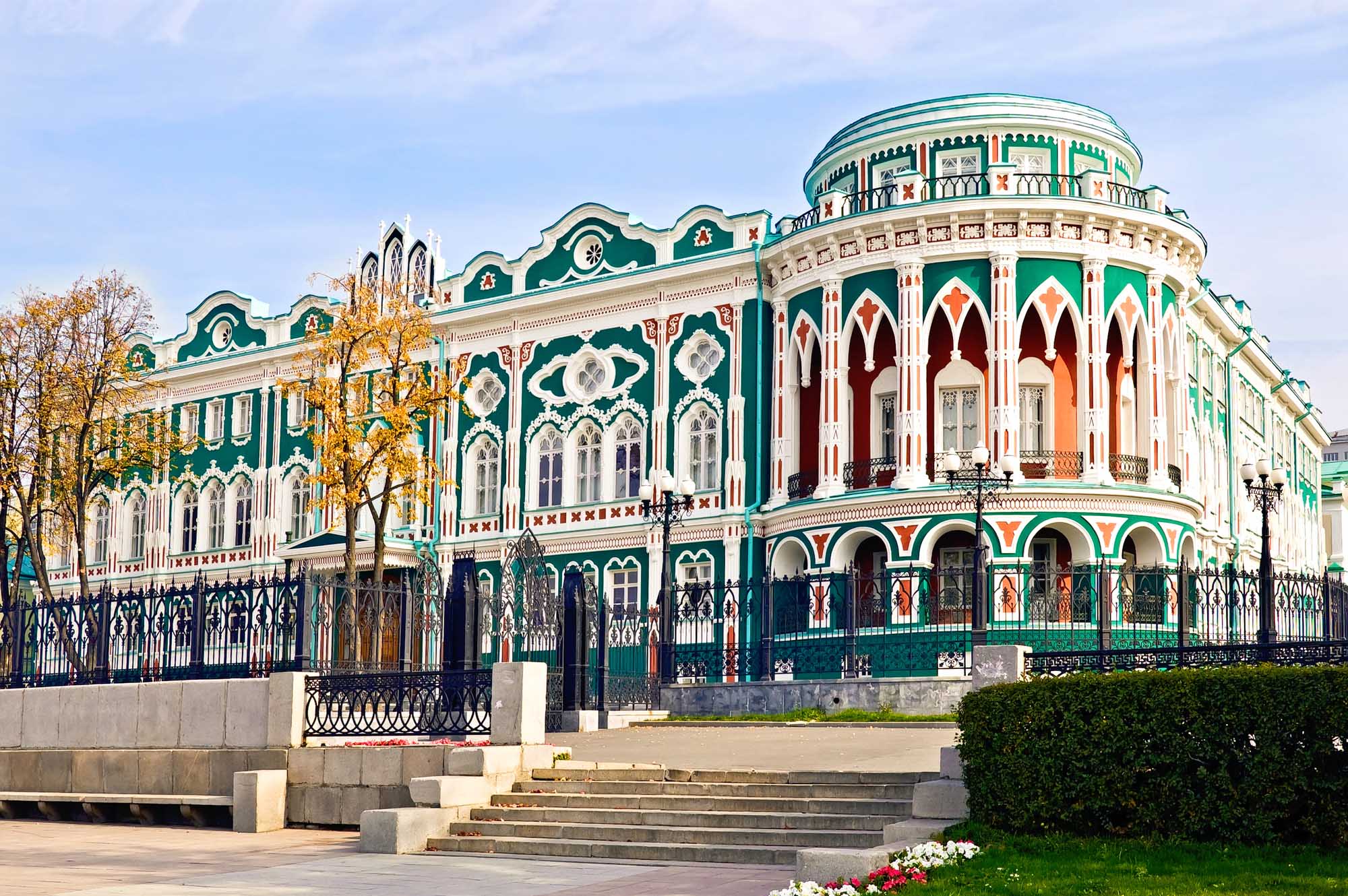
Yekaterinburg is historical center of the Ural region, its largest industrial, scientific and educational center. During the visit to the city you will see a dam at the Iset River built in 1723 for uninterrupted work of the first metallurgical plant and a monument to the founders of the city and organizers of metallurgical industry in the Uralsregion Vasily Tatishchev and Georg Wilhelm de Gennin; the classical buildings of the Main Mountain Office and the Rastorguyev-Kharitonov Palace; magnificent Sevastianov’s House (1860-1866); the Maison of merchants Tarasovs (the governor’s residence now); the Main Square; delicate wooden house of merchants Agafurovs; Church on Blood in Honour of All Saints Resplendent in Russia built in 2003 on site of the demolished in 1977 Ipatiev house where Nicholas II and his family contained and where they were killed; monument to the first Russian steam locomotive designed by brothers Cherepanov (1833-1834); the Chekists City, complex of house-communes built in 1929-1936 in constructivism style for NKVD with many-storeyed dominant of the Iset Hotel (former hostel for young NKVD employees); the Black Tulip monument devoted to Soviet soldiers lost in Afghanistan in 1979-1989; building of Ural State Technical University, the largest technical university in Russia and building of local circus (1980) with unique hanging roof under bearing openwork dome. In the suburbs of the city you will have a chance to visit monument erected in 1837 at the symbolic border between Europe and Asia continents and neglected mine called Ganina Yama where remains of the Romanovs killed were found (now here there is a monastery complex).
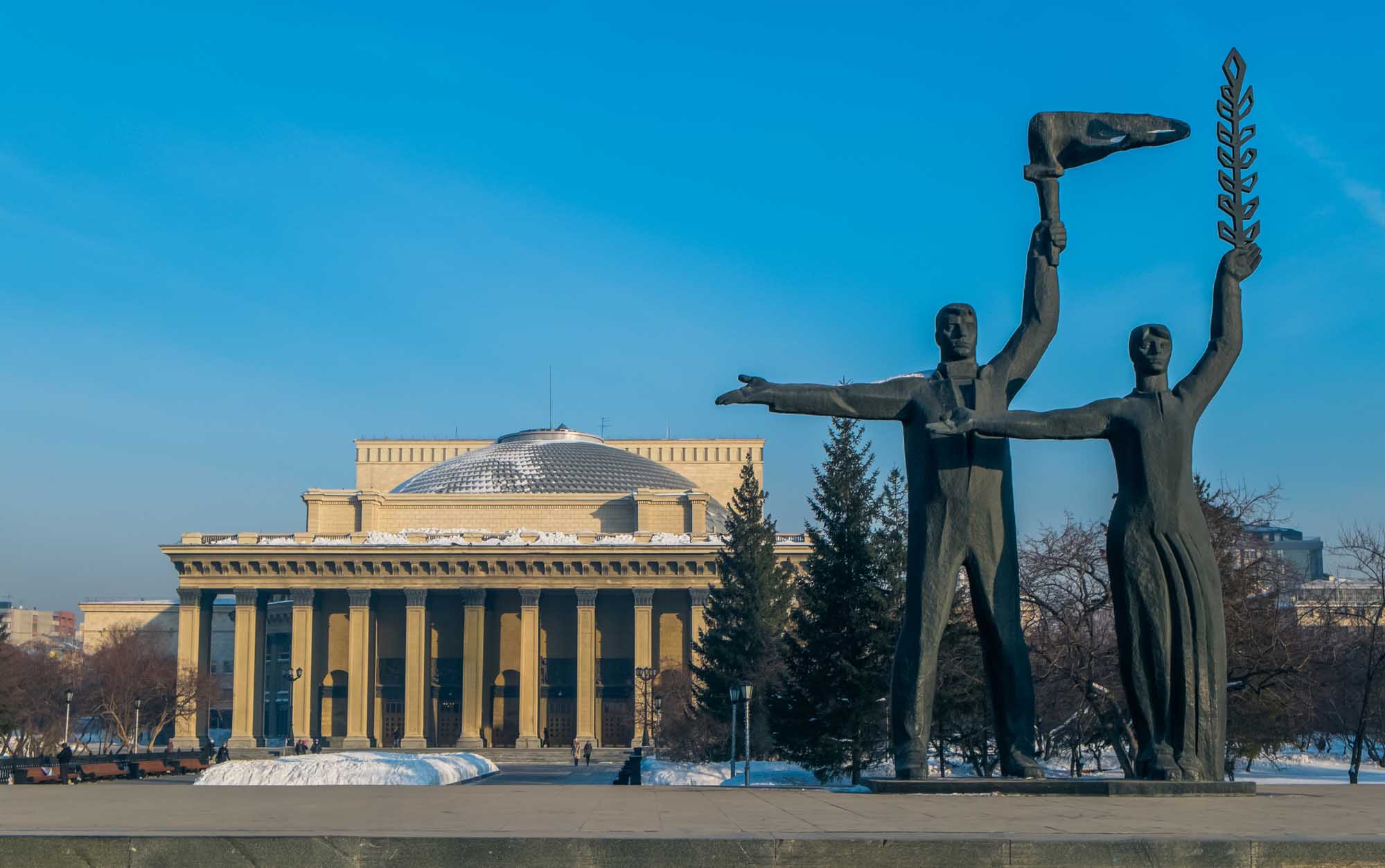
Novosibirsk was originally founded as a settlement of the Transsiberian Rail Road builders in 1893. So it is not an ancient city but when strolling in Novosibirsk you will see a lot of very interesting places. The most famous of them is Novosibirsk Opera and Ballet Theater built in 1931-1944. It is the largest theater in Russia privately called the Siberian Bolshoi. History of the city is indissolubly connected with development of railway system in the Eastern parts of Russia. The Museum of Rail Way Engineering located not far from Novosibirsk presents history of Russian railways. Museum has a large collection of steam, diesel and electric locomotives, railway carriages and boxcars mainly used at the railways of West Siberia, Soviet cars GAZ, Moskvich, ZAZ of different years models, trucks, tractors and all-terrain vehicles. Akademgorodok (The Scientists’ City founded in 1957) is well known to scientists all over the world. It is a complex of research institutes situated 28 km to the South from the city center of Novosibirsk. The Siberian branch of the Russian Academy of Sciences and Novosibirsk University are located there. The most attractive at the Akademgorodok place of interest is Museum of Mineralogy presenting the richness of bowels of Russian territories over the Urals. The most valuable is the collection of 34 meteorites with a total weight of 120 kg. Samples of Siberian decorative stones (nephrite, lazurite, charoite, jasper, malachite, onyx, etc.) and products from them are demonstrated at the exposition hall as well as highly artistic works of the Siberian masters — stone carving and mosaic pictures.
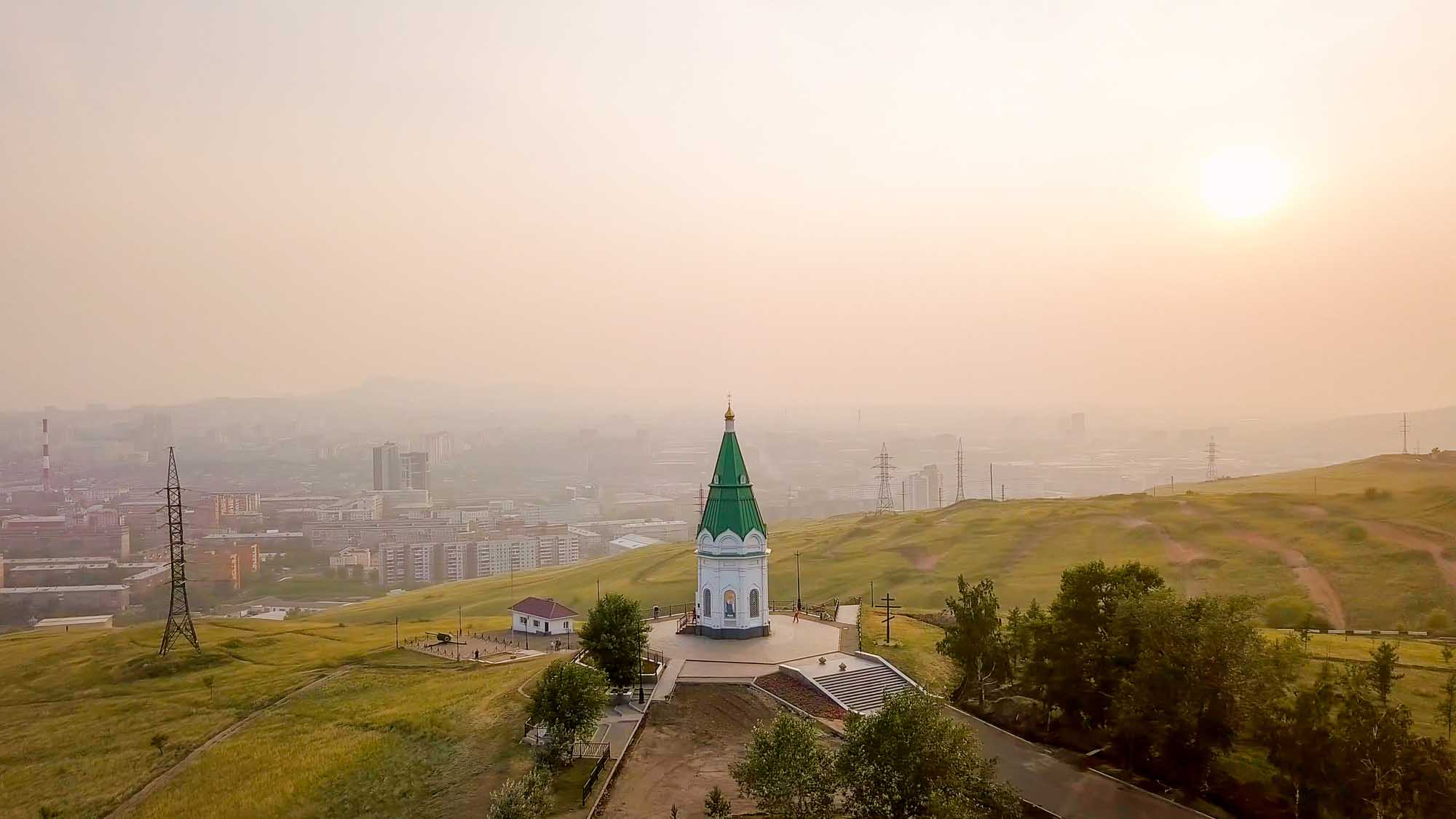
Krasnoyarsk is an important industrial, cultural and scientific center of East Siberia, the largest port on the Yenisei River. The city was founded in 1628 by Russian explorers. In period of the Golden fever in Siberia in early XIX c. Krasnoyarsk became a large merchant city. Now Krasnoyarsk is the top Eastern city in Russia with population more than one million inhabitants. When making stop in Krasnoyarsk you will see the Intercession Cathedral, mansions of local merchants, the Chapel of St. Paraskevi the Friday (XVIII c.) on the Karaulnaya (Guard) Hill, the Transsiberian Rail Road bridge, architectural ensemble formed in 1980s at the arrow on place of the Yenisei River and the Kacha River confluence. And if you make a longer stay in Novosibirsk it is a must to visit the Krasnoyarsk State Natural Reserve “Stolby” (Pillars) situated near Krasnoyarsk city on the right bank of the Yenisei River. The State Reserve is well known for its unique natural granite structures which rise up to 100 m. You will be impressed by the natural beauty of the place and enjoy many picturesque views.
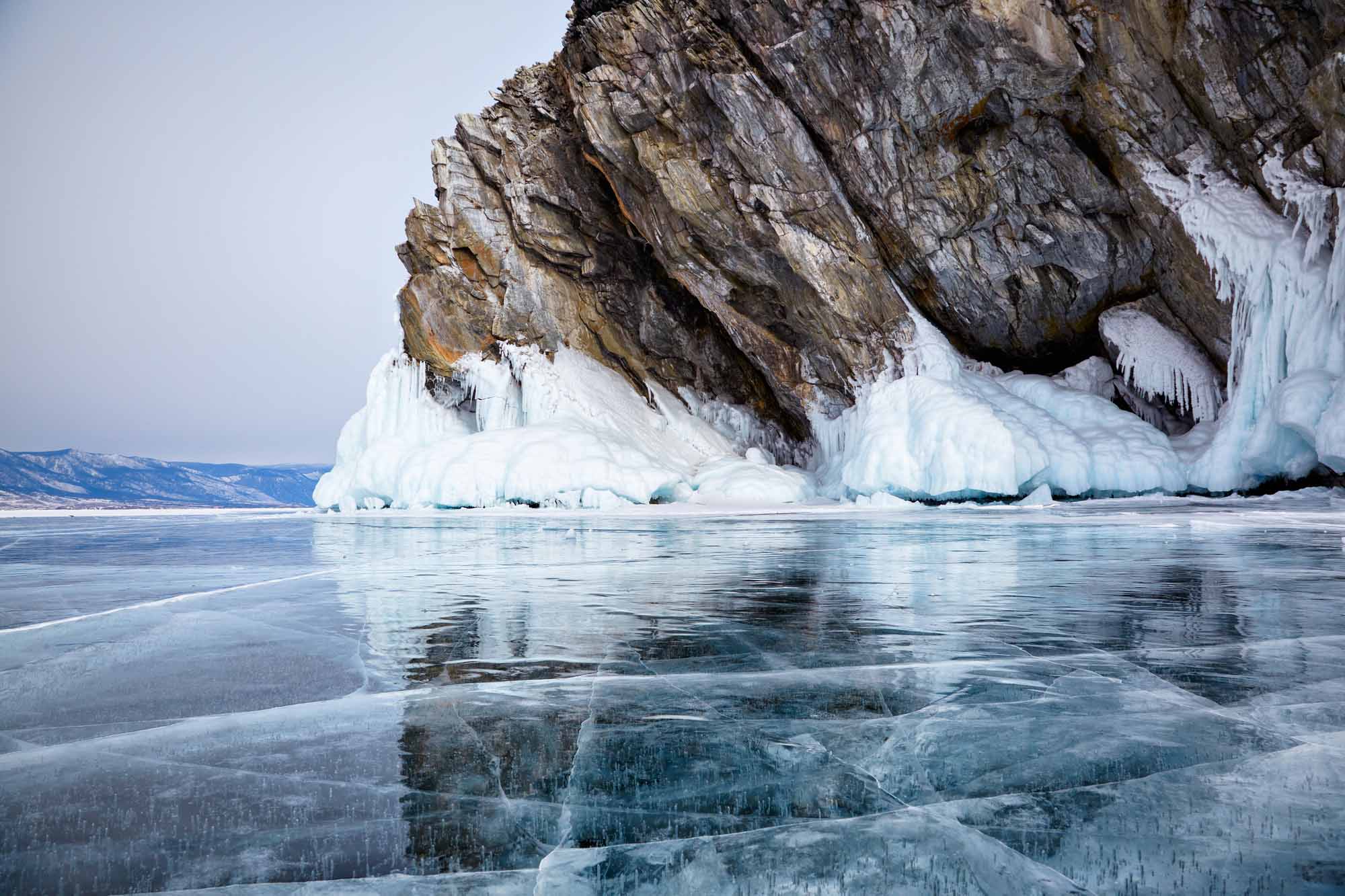
Irkutsk is one of the oldest cities in Eastern Siberia and one of the largest administrative, scientific, educational and industrial center. Irkutsk is the main gate for tourists visiting the Lake Baikal area. During a stop in Irkutsk you will visit the historic city center, the place where a small settlement (fortress) was founded in 1661 by the Cossacks, the Angara River Embankment, architectural monuments (among them one of the oldest stone buildings in the city — the Church of the Saviour erected in 1706 in the territory of not survived Irkutsk Kremlin), the Our Lady the Sign Nunnery noted for one of the most beautiful Siberian cathedrals, the first in Russia monument to admiral Alexander Kolchak. A visit to the Museum of Decembrists opened in 1925 on the 100th anniversary of the armed revolt at the Senate Square in St Petersburg in December 1825 will acquaint you with life in Irkutsk of Decembrists exiled. You can also visit so called District-130 (Irkutsk Sloboda) — specially created area of historic buildings in the Southern part of Irkutsk city center with several dozens of wooden monuments of architecture history restored and anew built. You can also enjoy wooden architecture at the Taltsy open-air Museum of Wooden Architecture and Ethnography situated in the picturesque place on the bank of the Angara River. Authentic wooden buildings of the XVII-XIX cc. brought from different parts of the Irkutsk Region presenting a common Siberian village. And of course you must see the legendary Baikal lake. The easiest way to do it is just to go to Listvyanka village (1 h drive from Irkutsk). You can visit here the Baikal ecology museum with a magnificent exhibition of the flora and fauna of Lake Baikal region and aquariums with live inhabitants of the Baikal presented. You can ascent by cable way to the Chersky Stone panoramic platform where you can take pleasure in picturesque view of the Lake Baikal and the Angara River. In Listvyanka you can also see St. Nicholas Church and visit souvenir and fish market.
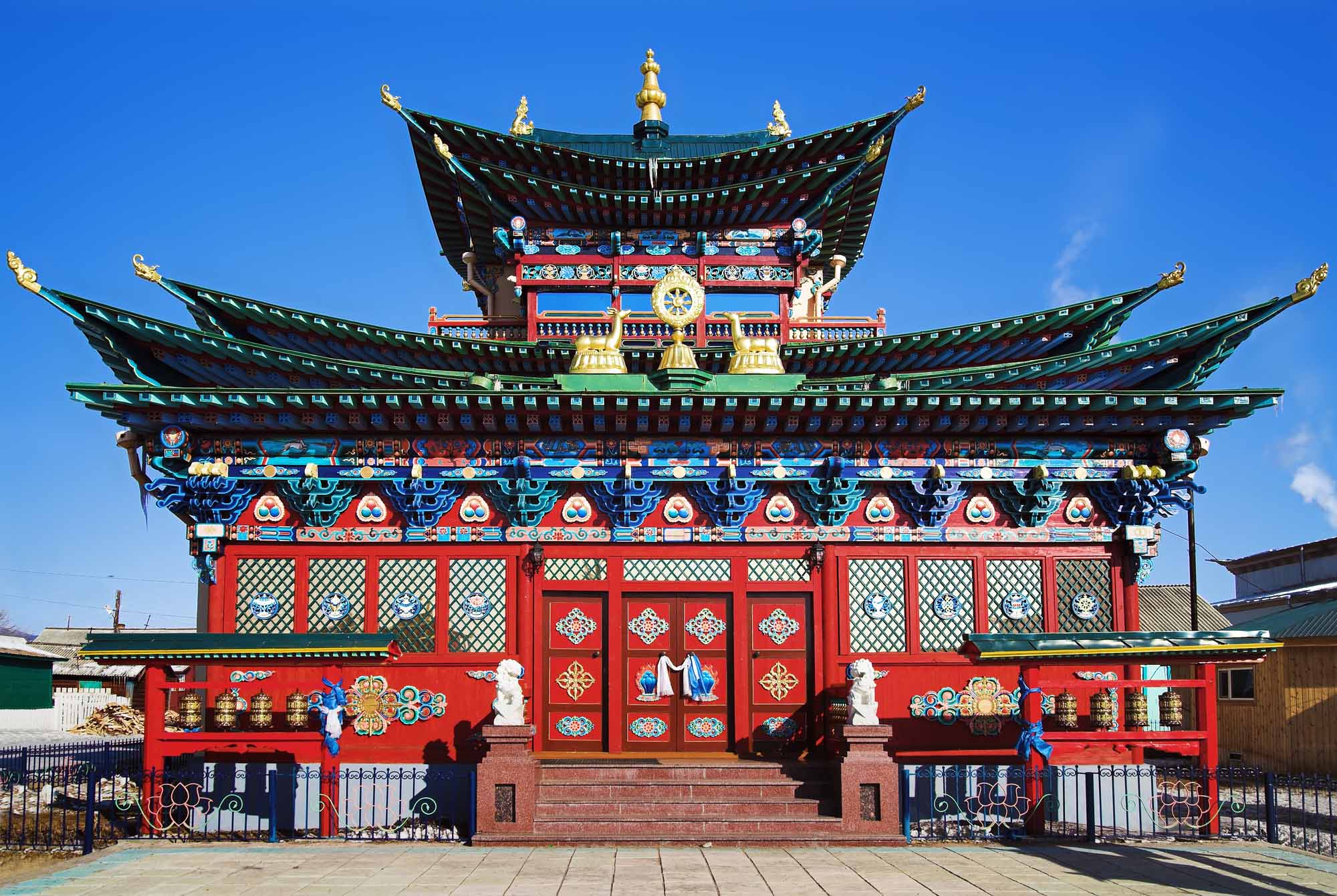
Ulan-Ude is the capital of the Buryat Republic. The city is situated at the junction of the Selenga and the Uda Rivers on a crossing of old trading routes from China and Mongolia to Russia and Europe. When strolling in Ulan-Ude city you will see a lot of surviving buildings of the XIX c.: houses of local burghers and merchants, trading houses, churches, school building, trade arcades. The main monument of the Communist epoch is the statue of Lenin erected in 1970 for the 100th anniversary of the founder of the Bolshevik Party and the Soviet state. In Communist period Lenin statues were erected at central squares of all Soviet cities but Lenin in Ulan-Ude is quite unusual. This is a giant (14 m tall, weighing 42 tonnes) head of the Communist leader probably symbolizing planetary scale of Lenin’s ideas. It can be interesting to visit the History Museum of Buryatia that exhibits unique samples of cultural heritage of the Transbaikal region. You can learn more about Buryat traditions and belief at the center of Buddhism in Russia — Ivolginsky Datsan (35 km from Ulan-Ude) and Obo at the Yangazhin Stow (45 km from Ulan-Ude). At the Ivolginsky Datsan you will visit the temples, see Buddhist relics and attend the religious ceremonies. The Obo is a shamanistic sacred place where many generations of the Buryats worshiped the spirits, the hosts of this terrain. It is located 400 m from the old Kyakhta Highway at the top of about 20 m mountain. It is a stone mound with trunks thrust and pieces of cloth with the texts of Buddhist prayers hung at the trunks. Not far from the Obo more ancient (Bronze Age) place of worship is located. These are petroglyphs (rock carvings) with the remains of the sacrificial offerings.
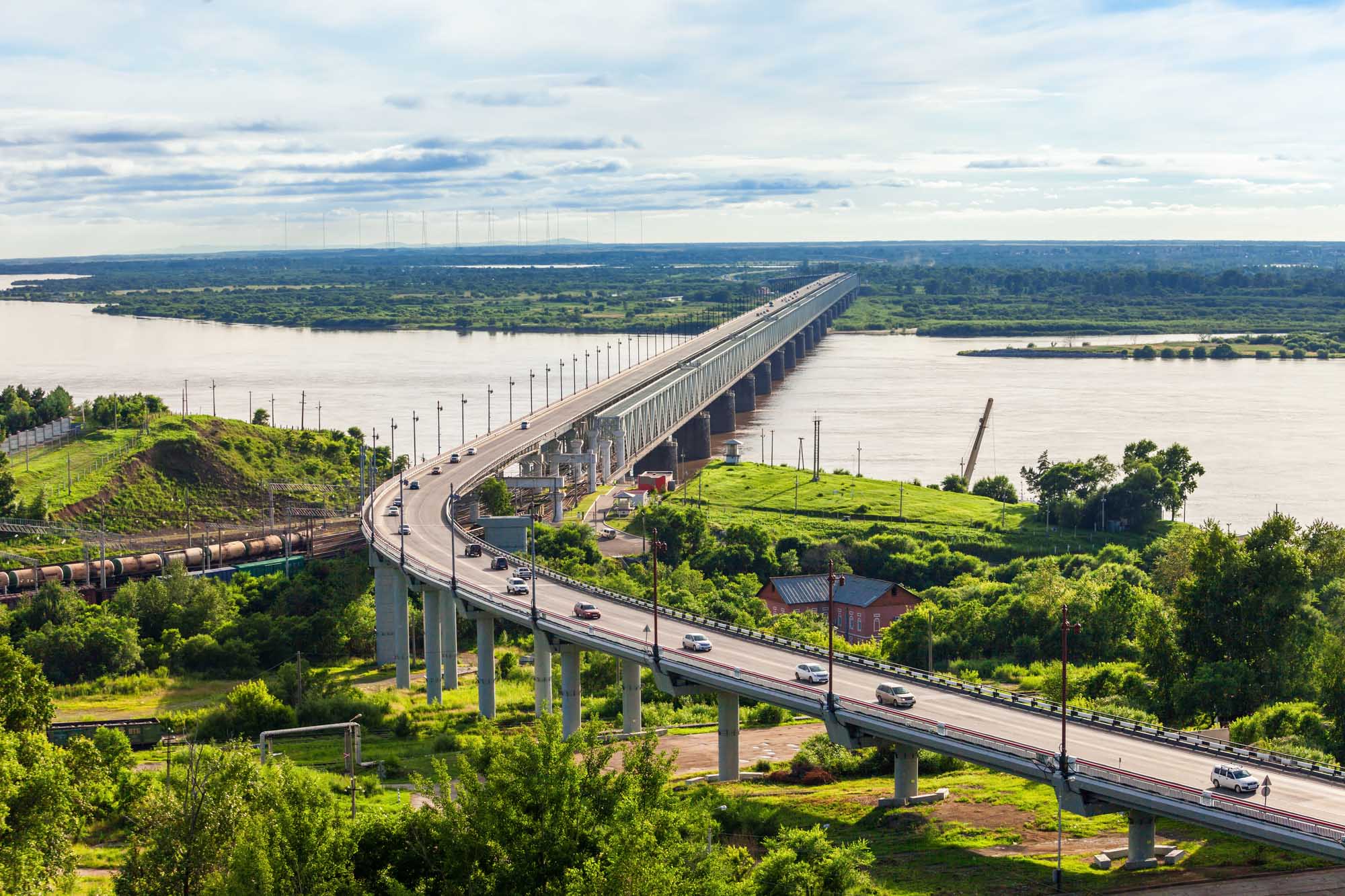
Khabarovsk is the industrial and cultural center of the Russian Far East. It was founded in 1858 as a military outpost at new Russian-Chinese border and named in honor of Yerofei Khabarov, Russian explorer of Siberia and Far East. Khabarovsk is also a large “river-sea” port: city stretches for 45 km along the bank of the Amur River, the main waterway of the Russian Far East. During a walk in the city you will see wooden and brick houses preserved from the time of the city foundation, the Church of St. Innocent, remarkable buildings in the Modern style at the Komsomolskaya Square, the fantastic road and rail Khabarovsk Bridge. You can also visit the Local Lore Museum which is famous for its rare exhibits including skeleton of the Steller sea cow (fully extinct species now), 20-meter skeleton of fin whale, mammoth tusks, bison skull, fragments of iron meteorite fallen on the Sikhote-Alin Mountains in 1947 etc.. If you stay for a longer time in Khabarovsk you can visit the Bolshekhekhtsirsky State Nature Reserve (20 km to the South-West from Khabarovsk). The Reserve is a unique place where southern lianas, Manchurian walnuts grow side by side with evergreen conifers. The reserve is home for bears, foxes, wolves, elks, tigers, but animals avoid meetings with people. Usually you can see the traces of their activity only.
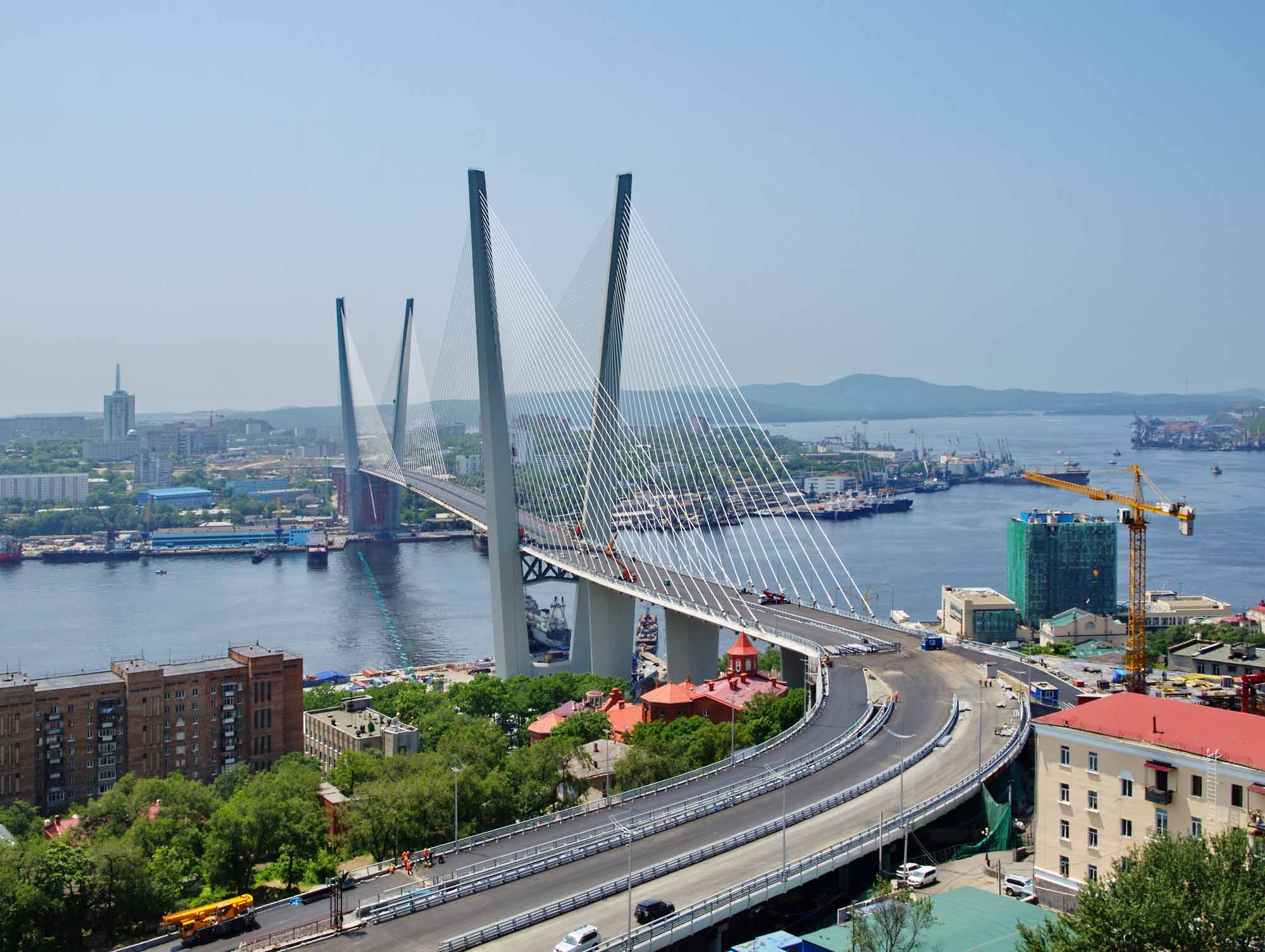
Vladivostok is the administrative, cultural and scientific center of Russian Far East, the main base of the Russian Pacific Navy. The city plays an important role as a center of political and business contacts of Russia in the Far East. During your stay in Vladivostok you will stroll in the Korabelnaya (the Ship) Embankment, where you will be acquainted with the history of the Russian Fleet including the period of WW II and visit Soviet C-56 submarine museum. In 1942-1943 the submarine moved from the Pacific Ocean to the Atlantic through the Panama Canal and in 1943-1944 took part in combat operations of the Northern Fleet. You can also visit the Museum of Vladivostok Fortress built in early XX c.. The Vladivostok Fortress was built in accordance with the latest achievements of fortification science. It was one of few sea fortresses in the world which was impregnable from the side of land. In the Museum of the Vladivostok Fortress you will see exiting exposition of military maps, arms, equipment, old photographs. You can also visit the Vladivostok Aquarium representing a variety of inhabitants of the Sea of Japan and a collection of shells. The Arseniev Lore Museum of the Maritime Territory founded in 1890 presents rich information on nature and history of the region, its ethnography and archeology. If you enjoy watching wild animals you can visit safari park located about 70 km from Vladivostok. Here you will see wild animals of the Russian Far East including tigers.